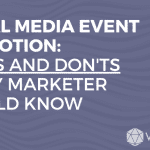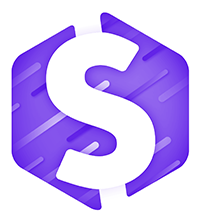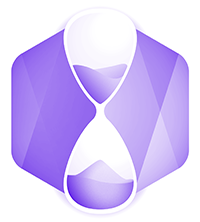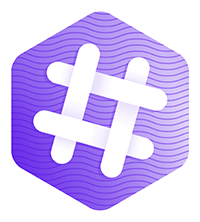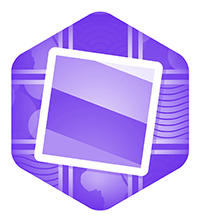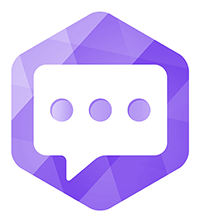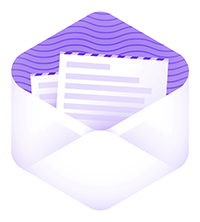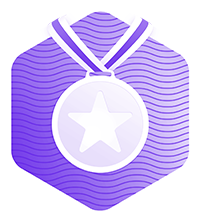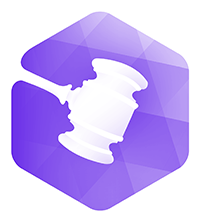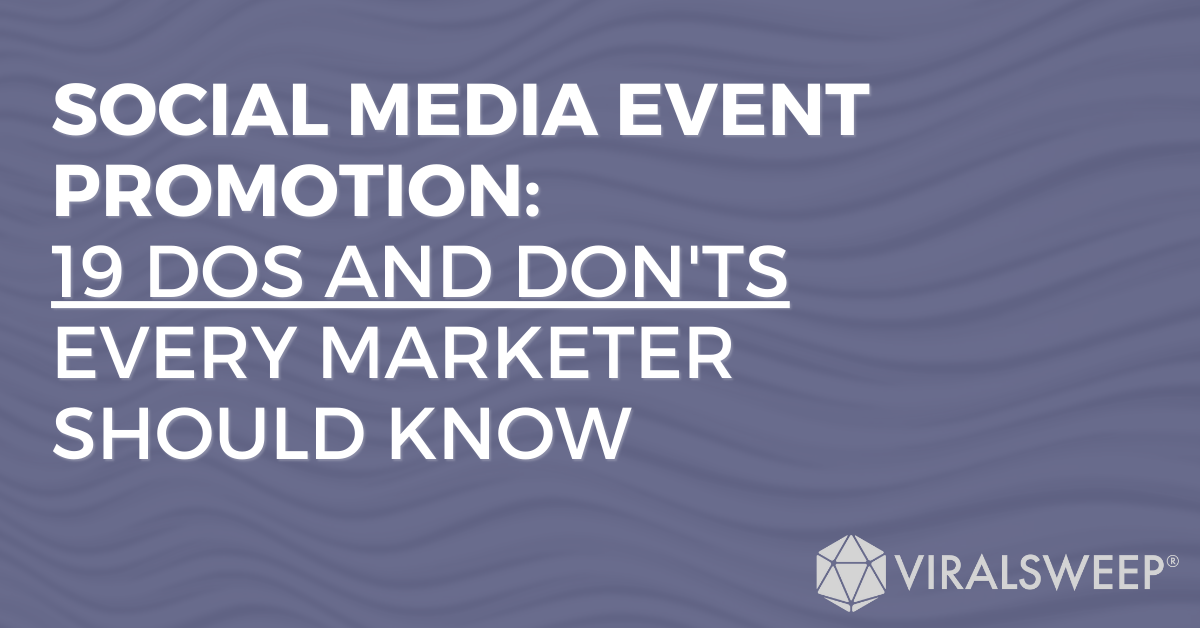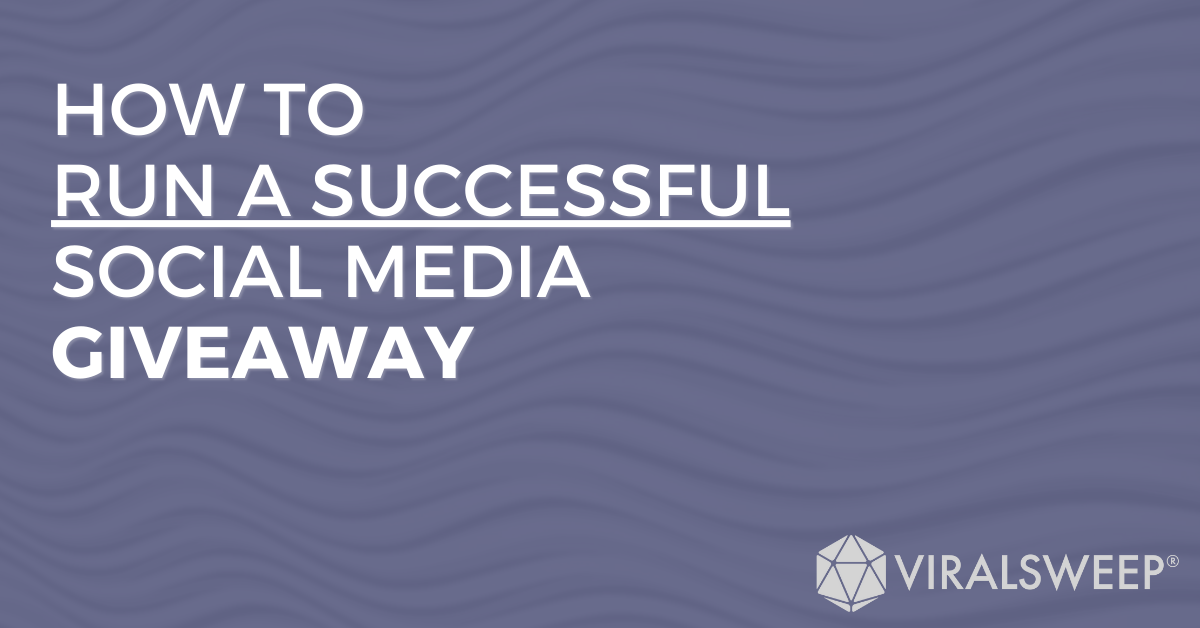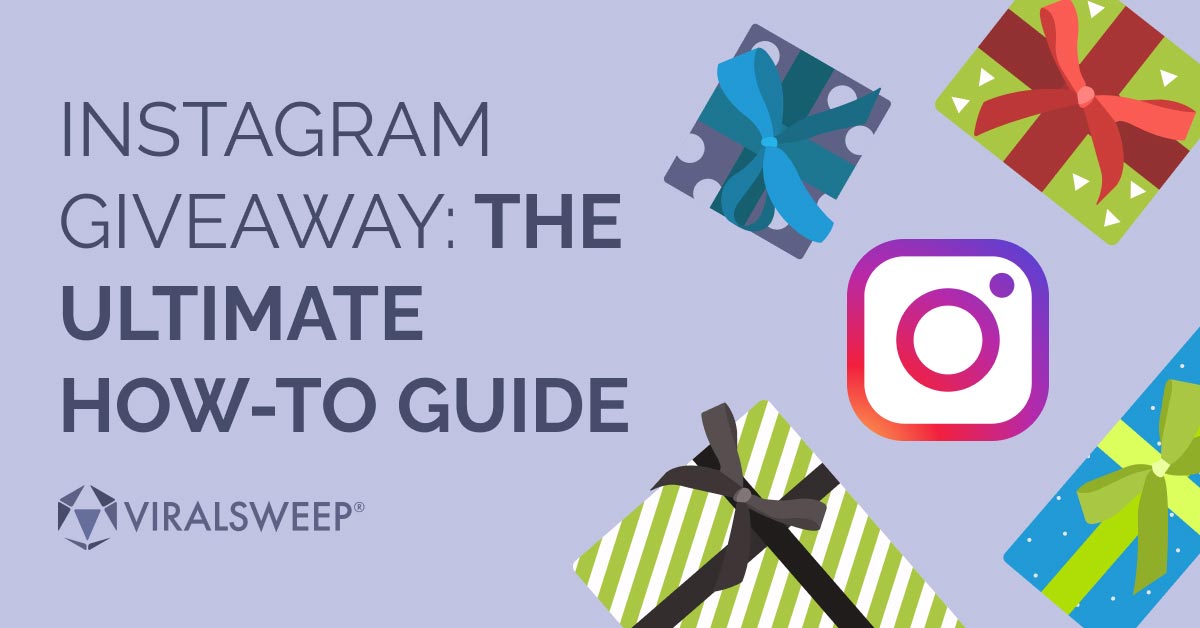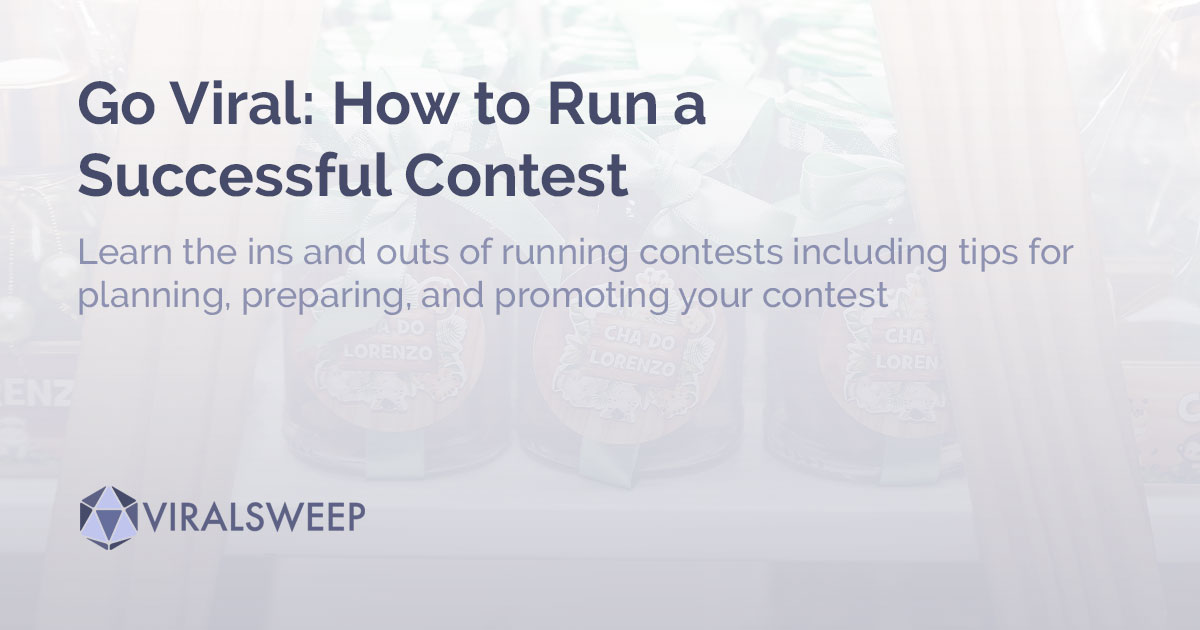We’re further into the digital age than ever, and social media marketing has become an essential tool for businesses and organizations of all sizes. It is one of the most potent ways to reach potential customers and build a loyal following.
Social platforms have become a powerful tool for businesses to promote their events and maximize attendance. With billions of active users, these platforms offer exceptional reach and engagement capabilities that should not be overlooked by marketers planning an event.
Social media event promotion is advertising an event you’re hosting or otherwise involved in using social media. It allows you to target specific audiences relevant to the event and engage people who may not have otherwise been aware of it.
Targeting means connecting with specific social media profiles using messaging that is more likely to resonate, leading to improved engagement and higher attendance rates.
The sheer size of social media networks means you can attract more potential attendees to your event page, increase brand awareness, and build customer loyalty.
Using social networks, event marketers (whether by trade or inside a company planning an event) can execute powerful promotion plans.
This article will discuss the essential dos of using social media platforms to promote your events, including audience and platform selection, building and scheduling your social media posts and promoting using influencers and exclusive offers.
We’ll also discuss the don’ts, which include spamming your followers, avoiding negative feedback, and forgetting to track the performance of your marketing efforts. Let’s dive in!
The Dos of Social Media Event Promotion
This post is essentially a toolkit containing both the things you should do and the things you shouldn’t when it comes to spreading the word about your event on social networks.
In this section, we’ll discuss what you should do. Consider it a list of best practices that the event marketers who have come before you have tried and tested.
Research Your Audience
Before creating your social media strategy, you need to know who you’re trying to reach. This will help you determine which channels and platforms are the best for your event promotion.
Research helps inform your choice of content (what marketers call ‘creative’) and messaging. It’ll also inform you about which influencers are best to get the word out about your event.
Research helps tailor your message to match the audience’s interests. Don’t you love it when a social media post resonates with you?
Use Paid Ads
Paid advertising on social media means reaching your target audiences with laser-like precision. You can use paid ads to create an audience of people or demographics who may be interested in your event content but don’t yet know about it.
Paid ads also allow you to target individuals who, for example, have previously engaged with your content, been to your website, or even transacted with your business.
Choose the Right Social Media Platform
Some popular event promotion platforms include Twitter, Instagram, Facebook, LinkedIn, YouTube, and, increasingly, TikTok.
Each platform has its own strengths and weaknesses, so consider which ones best suit your objective.
For example, Instagram is great for visual campaigns, while Twitter is ideal for quick, bite-size updates and live coverage of events. YouTube is entirely video-based.
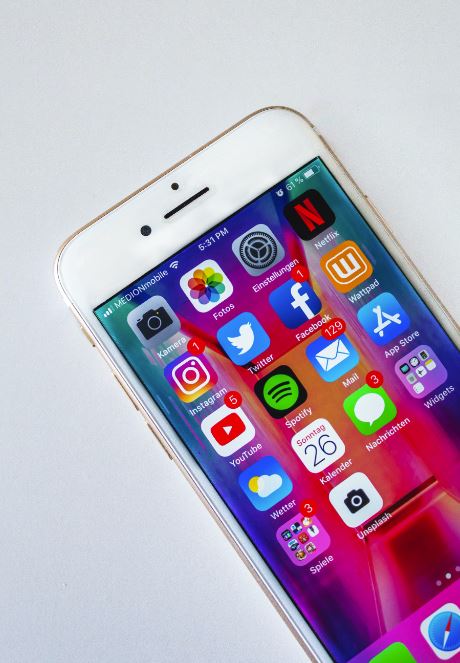

Use Compelling Visual Content
Visual content has become the standard for event promotion, beating out text content in engagement and the ability to ‘stop the scroll.’
Choose high-quality photos and videos that capture the essence of your event and attract people’s attention. You should also have a good mix of promotional and informative content, which will help build anticipation for your event while keeping readers abreast of what you do and why they should buy tickets.
For example, include information like pricing, ticket sales outlets, and maybe a teaser of a previous edition on the event page.
Write Good, Engaging Copy
Copywriting is an art and a science. Crafting engaging copy requires finesse and attention to detail.
You don’t have to be Shakespeare, but you should keep your posts concise and to the point. Don’t use jargon or buzzwords; focus on staying true to your brand’s voice and tone.
Invite people to take action by using calls to action (CTAs) like “Register now!” or “Don’t miss out!”
Good copy takes time and ruthlessness to delete words and sentences that add no value to the text. Ask yourself: Is this sentence necessary? Does it further my objective?
If the answer to either question is no, get rid of it. The same goes for images and videos; always make sure they add value to the post and are visually appealing.
Schedule Your Posts
Time management is a vital part of social media marketing – mainly because social media is a monster that needs to be fed, and if you’re not careful, it could keep you busy and/or distracted all day.
Scheduling your posts beforehand lets you plan and execute your event promotion easily. It also helps you stay on top of the latest trends, ensuring your message stays relevant.
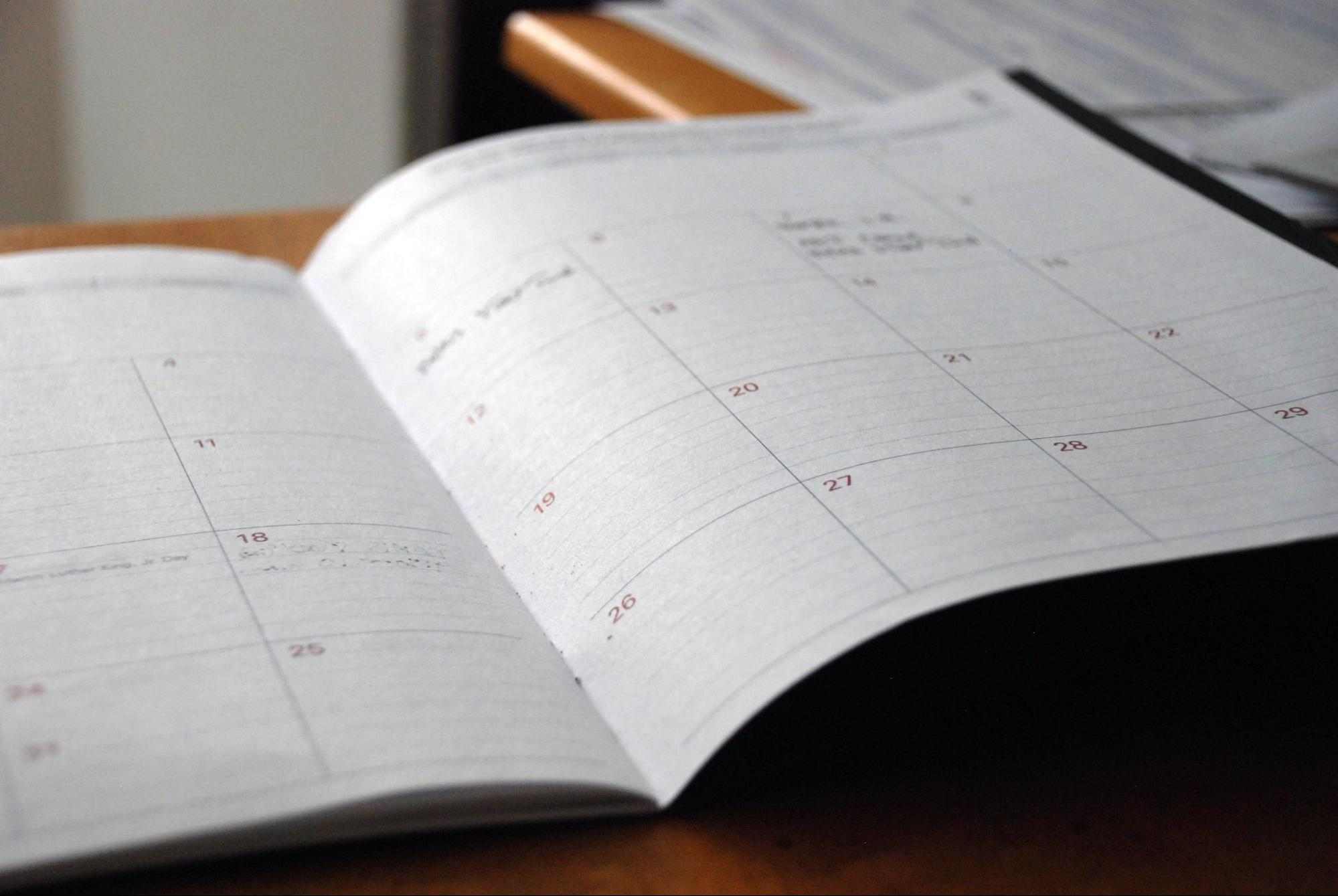

Use an editorial calendar to help you keep track and make sure that all posts are posted on time. This doesn’t need to be anything fancy: try Notion, your notebook, or even a spreadsheet.
Here’s an example of a typical week in a social media post schedule:
- Monday: Introduce the live event.
- Tuesday: Provide information about the speakers/performers.
- Wednesday: Share behind-the-scenes photos and videos from rehearsals.
- Thursday: Highlight one of the participating companies or organizations.
- Friday: Promote ticket sales with a discount code or other incentive.
- Saturday: Live coverage.
Engage with Your Audience
Engagement is an important part of your brand and its perception on social media. Respond to comments and messages, as this shows that you value your audience and are willing to go the extra mile for them.
You can also use polls or ask people questions about their interests to better understand how they plan to interact with your upcoming event or have in the past.
Virality is common on social media, and posts can blow up quickly. It might be overwhelming thinking you need to engage with every one of hundreds or thousands of commenters.
A good solution is to designate someone on your team who will be in charge of responding and interacting with people. Further, that person should be armed with standard responses and guidelines to help manage the volume of messages.
Keep track of the conversation around your event, and make sure all posts are respectful, professional, and appropriate. People will remember how your brand treated them during their interactions with it, so show them some love!
Collaborate with Influencers
Influencer marketing is great because influencers tend to have targeted audiences in specific niches, which means higher-than-average engagement. Find influencers related to your industry or with a large following and partner with them to reach a bigger audience.
Offer incentives in exchange for mentioning the event on their social media accounts, such as discounted tickets, free merch, exclusive access, or even cash. You could host live Q&A sessions with the influencer and your audience or have them live stream their experience attending the event.
For example, if you’re hosting a music festival, consider reaching out to popular or relevant bands and DJs who are playing at the event. Ask them to post about it on their social media accounts before, during, and after the festival to increase its visibility.
Another option would be to contact a local music journalist and have them weigh in on social media to build credibility – maybe they could build hype with a cool Instagram story and encourage attendees to contribute user-generated content (UGC).
Offer Exclusive Promotions
Exclusive promotions and offers are always received well by discount-hungry consumers and event attendees.
For example, you could post a unique discount code or a “first-come, first-served” deal. You could offer behind-the-scenes access to rehearsals or other special events before the main event occurs. Or give away early-bird tickets to special VIP events.
Offering exclusive promotions creates a sense of urgency and potentially boosts ticket sales for current and future events. People are more likely to buy if they know the offer is limited in time or quantity or exclusive to those who follow you on social media.
You could also run a giveaway with special event merchandise or create a game or quiz to engage your audience and boost ticket sales.
Be creative to generate buzz for the event by running a waitlist campaign. A waitlist campaign requires entrants to refer friends or complete actions to move up spots.
Read More: Innovative Social Media Giveaway and Contest Ideas
The Don’ts of Social Media Event Promotion
In marketing, like in other fields, we stand on the shoulders of giants – learning from the successful marketers who have come before us. We’ve examined some things you should do regarding social media event promotion.
Here, we’ll run through the things you shouldn’t do. These are the common mistakes and pitfalls people in this area make, which, when avoided, will go a long way towards ensuring a successful social media campaign.
Don’t Spam Your Followers
Good event management means not sending too many messages about it or bombarding followers with reminders – that’s spammy behavior. People are more likely to engage with posts that are interesting and relevant to their interests.
Consider the frequency of your posts, who is receiving them (i.e., what groups you’ve segmented your audience into, like age, interests, locations, job titles, etc.), the content type (such as photos, videos, and normal posts), and what metrics you’ll use to measure success.
If, for example, your chosen success metric indicates engagement or reach is lower than you expected, try reducing the number of posts – perhaps you’ve been hitting your followers with too many.
Don’t Forget Visuals
Visuals help draw attention to the post and ‘stop the scroll.’ Visuals could be an eye-catching template you create with graphics and text or a photo of your event’s location.
Short videos from rehearsals, performances, and sound checks are also good – people love behind-the-scenes content.
Other examples of strong visuals are pre- and post-event bios and headshots of key speakers or performers, pricing information, and “buy tickets” call-to-action buttons.
These visuals work across multiple platforms – from a Facebook Event to Instagram Stories to Snapchat and beyond. You could even reach into the mysterious world of TikTok posts if you’re bold.
Don’t Ignore Negative Feedback
Negative feedback is a part of life. Unfortunately, not all negative feedback on the internet is constructive or helpful. Many people simply troll or leave nasty remarks hiding behind an anonymous profile or avatar.
It’s the mark of a strong brand to appear as the bigger person by handling this well: show no emotion or anger, ignore spurious or untrue accusations, and wish the person well.
You could also post follow-up messages after the event or ask people to share their experiences in a post-event survey. Feedback is the lifeblood of an open-minded business leader.
Don’t Forget to Track Your Progress
Like Eric Ries said in the Lean Startup, you need to gather feedback from the market as quickly as possible to iterate on your product (the event promotion, in this case) and release an improved version. His framework for this is the build-measure-learn feedback loop.
You should track the number of followers, conversions (ticket sales or signups), and other metrics to understand your event promotion’s performance.
Use multiple channels to advertise your event: LinkedIn, Facebook Events, Instagram Stories, Snapchat, TikTok, Twitter, and YouTube Shorts.
Track each channel separately to see what works best for boosting ticket sales. Consider contacting someone on Upwork to build a simple dashboard to display these results.
Don’t Underestimate the Power of Hashtags
Hashtags help in two ways. People can search or view posts about a specific event hashtag, so if your post uses one, that person will see something relevant. They also help the algorithms of the social media platforms to recommend appropriate and relevant posts to users while they use the platform.
Use relevant hashtags related to the event and industry, and maybe create a special hashtag for this event only.


Hashtags also help create FOMO (fear of missing out) and should encourage people to buy tickets before they run out. But – always remember the infamous Fyre Festival and how people were duped.
Your content marketing should be authentic, never overstating or overselling the event.
Don’t Forget About Pre-Event Promotion
Promote your event beforehand with early-bird discounts, countdown posts, giveaways, featuring speakers’ bios on social media channels, and sharing user-generated content from previous events or marketing campaigns.
This should help to attract more people to your live event or webinar and increase brand awareness.
For example, you could launch a pre-event “roadshow” or host an Instagram Live Q&A with the event speakers or performers. Consider creating video snippets of what attendees can expect at your event and posting them on multiple social media platforms.
Remember to link back to the ticketing or landing page from each post to drive more traffic and conversions.
Don’t Overlook the Timing of Your Posts
Timing refers to the frequency and the time of day or week you post. On the latter, many platforms are actually able to suggest the optimal time that a post should go out based on the performance analysis of historical posts.
On frequency, consider posting at least one week before the event, continuing in real-time during and after the event’s conclusion. Ahead of time and during, you can post updates about any last-minute event information, presenter updates, photos, and videos from the event itself.
Posting too often will annoy your followers (scroll up to see notes about spamming), while posting too infrequently won’t give enough exposure to your message.
Don’t Ignore Your Audience Demographics
Many beginner marketers and event organizers think that simply building an ad or post with excellent copy and creative (creative is the visual part of the post) means it’ll perform well.
In truth, it may – but only in the eyes of the relevant audience. So this is your warning not to be complacent and ignore the attributes of the people you’re marketing to.
Research your target audience and create buyer personas to understand who you should target and what messaging (and visuals) will resonate best with them. That’ll make it easier to create content tailored to their interests, and as we know, relevant marketing is good marketing.
Don’t Post Too Much or Too Little Content
Regarding content creation, quality and consistency are important. Too much content is overwhelming and can deter people from participating in your event, but too little will have the same effect.
Aim for at least 3-4 posts per week leading up to the event, with a mix of visuals (photo and video are good, video being the best), text updates, and questions to engage your followers.
A consistent posting cadence should lead to better engagement and stronger word-of-mouth marketing effects due to hype.
Don’t Use the Same Template for All Posts
Remember to mix up the content and post style. Create a range of visuals that convey different aspects of the event – from promotional posters to features on speakers, rehearsals, and more. This will help keep the audience engaged and interested in what you say about the event.
Another good idea is having multiple series of ‘themed’ posts that run concurrently. So you might have a series of posts called “Meet the Presenters,” and another one called “About our business,” for example.
Of course, all posts, themes, and templates should adhere to your business or event branding guidelines. Your brand is a personality that people come to know, so it needs to be consistent and recognizable whenever it appears.
Run a Successful Promotion With ViralSweep
This content provides essential dos and don’ts for event promotion on social media. The key themes for things you should do are:
- Consider post timing and frequency.
- Know and target audience demographics.
- Adhere to your own business or event branding guidelines.
And the key themes of the things you shouldn’t do are:
- Ignoring the demographics and attributes of your audience.
- Posting extreme volumes of content (too much or too little).
- Using the same templates, copy, and design for every post.
ViralSweep can help you with your marketing efforts for the next event or waitlist you need to run.
With ViralSweep, it’s easy to generate buzz around an event by offering exclusive discounts, products, experiences, or tickets as prizes. You can reach more people by enabling users to share the giveaway on social media as a promotion strategy.
Basically, ViralSweep makes it super easy to run giveaways or waitlists for your event so that more people will come. Book a call to learn more about ViralSweep here.

